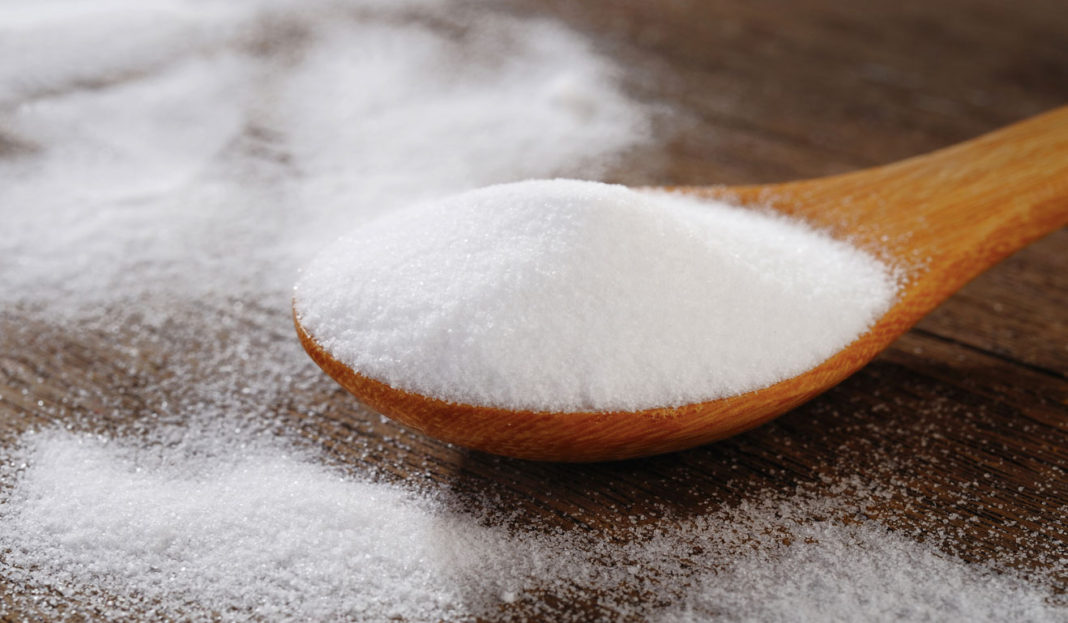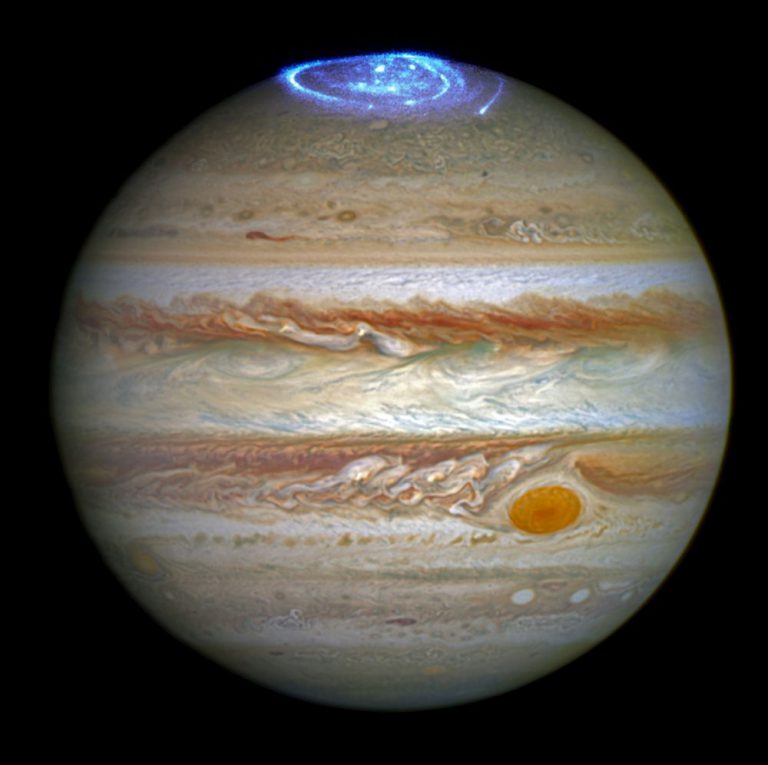Baking soda is a product that is used in hundreds if not thousands of different ways. It can be used in cooking, in cleaning, in deodorizing, and many other ways. But, have you ever stopped to think where it comes from and if we are at risk of running dry as with many other resources that we use daily? Although it is advised not to produce baking soda synthetically, technically it can be done. But, even without manufacturing it, there is a very plentiful amount of the resources needed to produce it, and we are not in any immediate danger of running low.
The minerals that are mined in order to get baking soda are nahcolite and trona and both are easily refined into sodium carbonate (soda ash). From the sodium carbonate, we get a baking soda (sodium bicarbonate). Luckily for Americans, the world’s largest trona deposit is based in the Wyoming Green River Basin and that alone supplies 90 percent of the soda ash used across the nation. There are also deposits in both California and Colorado also.
Because there is a lot of trona around, it is unlikely we will run low anytime soon. Figures released by the U.S. Geological Survey confirm there is 56 billion tons of pure layered trona in Wyoming alone and as we only use around 15 million tons per year, the current supplies are expected to last at least 2,000 more years. The mining itself does use energy to extract the minerals, and there are a certain amount of emissions that come from the process, so is not entirely squeaky clean. But, it is a non-toxic powder that has so many uses that it’s unlikely the mining of minerals to produce baking soda will change any time in the near future.
More News To Read











